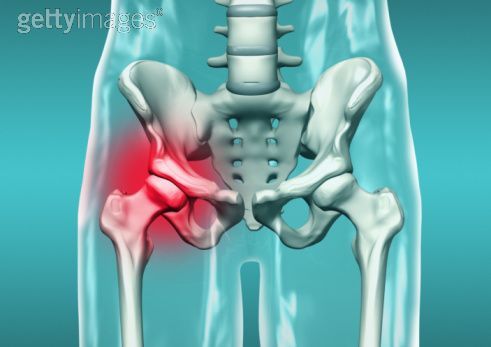Learning About Avascular Necrosis
/Over 15,000 people are diagnosed with avascular necrosis every year in the United States. This bone disorder, also known as osteonecrosis, is the death of bone tissue due to a lack of blood supply. Avascular necrosis can lead to tiny breaks within the bone and if it progresses enough will lead to the collapse of the entire bone. There are several causes, like trauma to the bone itself when it is broken of dislocated. But can also be caused by chronic use of medications like high-dose steroids. It can affect anyone, but there is increased risk for people between the ages of 30 and 60. If not treated early, this disorder can have significant long-term consequences.
Symptoms:
In the early stages of osteonecrosis, there may be no symptoms that a sufferer can pinpoint. But as the disease gets worse, joint pain becomes the most common symptom. This pain may begin when pressure is put on the bone or joint, but as the necrosis progresses, the pain is felt even at rest. This pain will go from mild to severe. As this disease progresses to more serious stages, the bone and the joint around it can collapse, and pain will increase dramatically. This pain can become severe enough to affect everyday life, and limit daily movement. The progression can go on from several months to over a year.
Causes:
Osteonecrosis, or avascular necrosis is caused by a compromised, or diminished blood supply to the bone. It is not always clear what the cause of this impaired blood supply is, but is more likely to occur in people with medical conditions that contribute to this end. People at high risk for osteonecrosis are those taking a high-dose corticosteroid, excessive drinkers and those with cardiac conditions. The following are causes and risk factors for avascular necrosis:
· Steroid medications: these drugs can hinder the body from breaking down lipids. These fatty substances can subsequently build up and block blood vessels, effectively causing them to narrow. This blocking and narrowing will reduce the amount of blood that gets to the bone.
· Alcohol use: Excessive alcohol use can increase lipid build up in the blood vessels, decreasing the blood supply needed to maintain healthy bones.
· Injury: A joint injury, fracture, or dislocation, can damage blood vessels in the vicinity. This damage in turn will restrict blood circulation to the bone and lead to trauma-related osteonecrosis.
· Other:
o Radiation Therapy
o Chemotherapy
o Osteoporosis
o Osteoarthritis
o Lupus
o Sickle cell anemia
o Cancer
Diagnosis:
Generally, bone imaging tests are used to diagnose osteonecrosis, or avascular necrosis. Early diagnosis can increase the chances of proper treatment and success of these treatments. Here are some diagnostic tests:
· X-ray
· Magnetic resonance imaging (MRI)
· Computerized topography (CT scan)
· Bone Scan
· Biopsy
· Functional bone evaluation
Treatment:
· Pain relievers
· Using crutches, a walker, or cane to take weight off the effected joint
· Limiting activities
· Range of motion exercises
· Surgery to repair bone
· Total joint replacement

